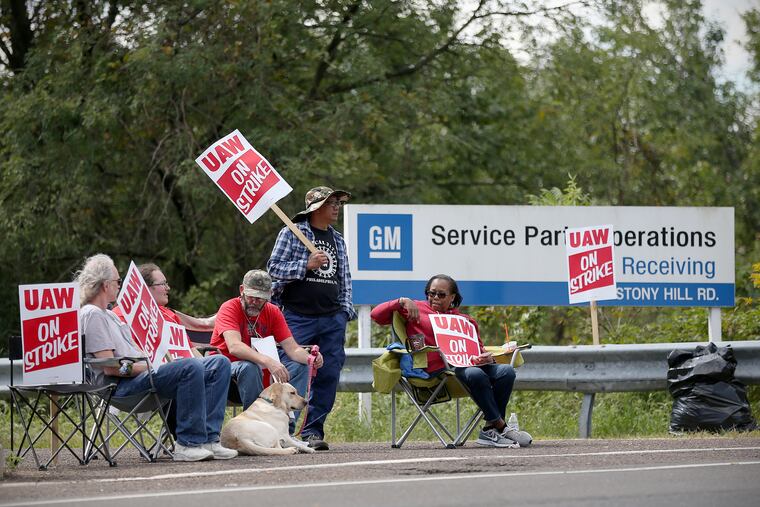Why Philly GM workers — on strike for 40 days — voted down a deal that just got approved by its union
The vote shows the harsh reality of a strike: Though everyone is on the strike line together, there will be winners and losers.

The vote shows the harsh reality of a strike: Though everyone is on the strike line together, there will be winners and losers.
